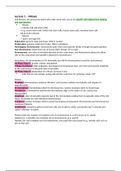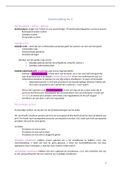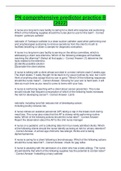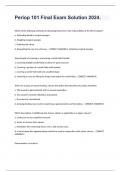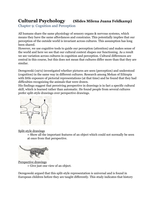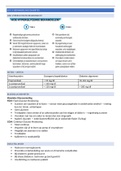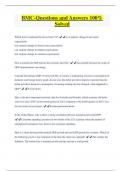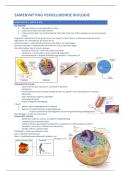Class notes
BIOL 1090 FINAL EXAM FULL STUDY GUIDE
- Course
- Institution
- Book
This notebook contains lecture notes from 2019 BIOL 1090 class. It includes diagrams, definitions, exam questions&solutions, and only the TESTED textbook content that was on my final exam. Covers all lectures and goes more in-depth from lecture 13 and up (after midterm #1) Some topics include: ...
[Show more]
